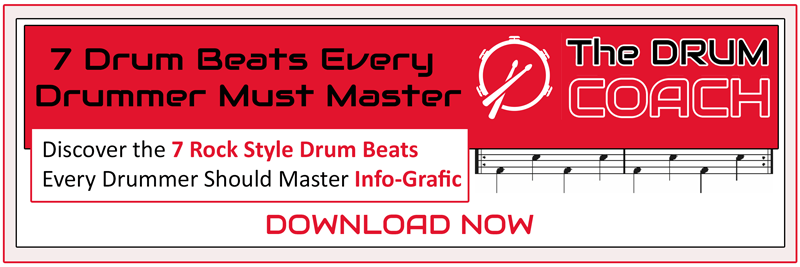Have you ever wondered why so many drummers cut a hole in their bass drum head? In this post/video, I’ll break down the reasons behind this popular modification and how it can improve your drum’s sound, and versatility, and even help with miking during gigs or recording. Stick around to learn how this simple tweak can make a big difference in your setup!
Hey, developing beat masters!
Today, we’re diving into a question that’s been debated for decades: Should you cut a hole in your bass drum head? If so, then why?
From the sound quality to practical benefits like miking and muffling adjustments, I’ll explain why this modification might be worth considering. Whether you’re aiming for a tighter sound or prepping for a live gig, this post/video has you covered. Let’s get started!
Cutting a hole in your bass drum head might sound like a drastic move, but it’s a common practice that offers several benefits. Let’s break it down.
A Bit of History.
Back in the 60s and 70s, drummers often removed the front bass drum head entirely to reduce overtones and make close-miking easier. However, by the 80s, cutting a hole in the front head became the go-to solution. It provided the same benefits without sacrificing the warmth and depth of a fully intact drum head.
What Does Cutting a Hole Do?
According to Deep Purple’s Ian Paice, a bass drum with two complete heads delivers the best depth, duration, and warmth acoustically. However, in modern amplified music, this can create challenges for microphones and live sound. Cutting a hole in the head solves these issues while giving you more control over your sound.
Here’s why you might want to cut a hole in your front drum head:
- Miking Convenience: The hole allows easy access for a microphone, ensuring better capture of the bass drum’s sound during gigs or recording sessions. Whether the mike is placed an inch from the batter or beater head, or it’s placed just inside the hole on the front skin.
- Adjustable Muffling: A hole makes it simple to adjust internal muffling, like moving a pillow or damping pad, to tweak your drum’s tone and sustain.
- Tone Control: The modification reduces overtones and helps achieve a tighter, more controlled sound.
How to Cut and Use the Hole.
I’ve always cut a 12 circle in my front bass drum head for practical reasons:
- Muffling Adjustments: The hole lets me slightly shift the pillow inside the drum—closer to the beater head for a tighter sound, or farther away for more resonance. Usually, the pillow is placed so it is only slightly touching the beater head, so as to avoid a completely dead or flat sound. That’s my preference at least.
- Flutter Reduction: To prevent any unwanted vibrations around the cut-out, I’d sometimes apply a little gaffer tape to the back of the front head. Inside the drum. I would also tighten the front head to remove the flutter as far as possible whilst still keeping the deep tone of the drum.
- Mic Placement: For larger gigs, the hole is perfect for positioning a mic inside the drum for a more direct and impactful sound.
The added flexibility makes it easy to adapt your bass drum sound to different room sizes and acoustic settings. Whether you’re playing in a small club, a theater, or on a big stage, this tweak gives you the control you need.
Other Considerations.
Your choice of bass drum size and beater also plays a role in your bass drum sound. For example:
- Larger bass drums, like 24-inch, often require more muffling to tame the overtones, which can make them less practical.
- A hard-felt beater strikes the perfect balance between attack and warmth, unlike soft or plastic beaters that sacrifice one for the other.
Personally, I’ve found a 20-inch bass drum with a well-placed cut-out and muffling to deliver the most consistent sound across various setups and venues.
So, should you cut a hole in your bass drum head? If you’re looking for more control, better mic access, and flexibility with muffling, the answer is yes! Just make sure to experiment and find the setup that works best for your playing style and the environment you’re playing in.
In the next post/video, we’ll tackle another common drumming dilemma: Can I Fix My Broken Cymbals? If so, how? If you’ve ever cracked or chipped a cymbal, you won’t want to miss this one. See you next time.
Thanks for being here. Don’t forget to checkout some of the other posts here at thedrumcoach.com.






